
You were an art enthusiast who was planning to become an architect. How did NID come about?
Born and brought up in Agra, I had no clue about advertising or the existence of NID (National Institute of Design). I loved sketching, drawing and painting since childhood. One of my uncles was an architect and I thought the profession would keep me associated with art. Things changed when I chanced upon this cyclostyled admission form for NID in 1977. It had heavyweight terms like graphic and ceramic design which I had no clue of. I was fascinated and dug deeper. Two years later, I applied for the course and I got through. I got the confirmation letter from NID on 1 July 1979 and was asked to report on 5 July. Some of my relatives advised that I should pursue architecture but my mother sorted the dilemma in my head. She suggested I give NID a shot. And to this day, I am extremely thankful to her for that. Because the very first day at NID, I had realised I was going to stay there for good.
And NID helped you figure that you wanted to be in advertising?
Six years at NID exposed me to so many new and interesting things and advertising was one of them. Advertising fascinated me. During my fourth year at NID, I came to Mumbai to intern with Clarion (now McCann Erickson) at their Marine Lines office. I worked with Prashant Godbole and Bhupal Ramnathkar on Hamam’s packaging. I also did a diploma project on ‘Save Energy’ at JWT.
How did you land up at Lintas after your course at NID?
I had met the JWT Delhi CCO Digbijoy when I was about to graduate. He told me to join them in July. In the meantime, I met Sam Mathews at Lintas. Sam offered me a job at Lintas Delhi. His offer letter had a note that said I need not go to the mad ad world of Bombay. My starting remuneration at Lintas was Rs 2000. Lintas Delhi was a small team handling clients like Godfrey Philips, Monte Carlo and Jaypee Cement. I also designed the first NIFT logo (1986).
Tell us about the short stint at Mudra Delhi and the ‘Humko Binnies Mangta’ campaign.
Madhukar (Kamath) had just set up Mudra’s Delhi office and hired Sandeep Vij (1988). Madhukar got me on board and we started working on pitch after pitch. Though I went back to Lintas after a year, I had a great time working on the launch of Binnies wafers. I remember how the entire team was meandering on the streets of Lajpat Nagar (New Delhi) for an initial survey. While I was casually talking to kids, I met this cute six or seven year-old who was chattering in Punjabi. I was amazed at how he exercised authority when he wanted a pack of chips and said, “Mujhe woh chahiye!” His words did something to my advertising head. I mixed it with the then popular sound track ‘Julee Julee, Johnny ka dil tumpe aaya Julee’. In the next half an hour, I had written the entire jingle with the theme ‘Humko Binnies Mangta’. I also did the typography for the tagline and art direction for the TVC.
After your second innings at Lintas Delhi began your Mumbai chapter in advertising. How did that happen?
In 1990, Prasoon (Pandey) and I had gone to Mumbai for a Monte Carlo shoot. I ended up staying at Piyush Pandey’s place with Prasoon. We were there for 8 to 10 days. Piyush tried to convince me to come to Mumbai and join Ogilvy. He said, “Great things can happen here.” When I first saw the old Ogilvy office at Churchgate, I told myself I’d never go there. Ogilvy had done some good work but Lintas was the creative force at that time. Yet this whole charm of the unknown was luring me. And in terms of expanding your horizon, Mumbai was the place to be in. therefore, I moved to Ogilvy Mumbai in 1991. Ogilvy had a bunch of nice, quirky, bright and well read people. I was an ACD but I was closely working with Piyush. More than a boss, Piyush was a big brother and a great friend. Ogilvy was a close knit place with no fear of politics. Laughter, ideas and sharing of joy were the words one would associate with the agency’s culture.
From Cadbury to Kinetic to Asian Paints to Fevicol, you had a gamut of brands to work on. Are there any interesting anecdotes from your client interfaces?
At Ogilvy, we had good rapport with all our clients. They were more like pals and usually a phone call away. Be it Harish Manwani and Vindi (Manvinder Singh) Banga of Unilever who would allow a junior (like me) to sit for meetings; or Bharat Puri of Asian Paints who would always talk about cricket first and then about work. The relationships were free and that helped great ideas flourish. I remember observing the blue shades of India and Sri Lanka during 1997 Cricket World Cup and coming up with the ‘Mera wala blue’ campaign for Asian Paints. I spoke about the idea to Piyush and he called Bharat immediately. Without even seeing the layout, Bharat only asked him, “How do we make it happen?” That was the enthusiasm we shared when it came to ideas. When India lost the match against Sri Lanka, I thought of building a story around that as well and came up with – ‘Congratulations Sri Lanka. You were a shade better’.
You also worked on Le Sancy, the soap brand from Unilever with the iconic tagline – Rahul maine kaha tha na…
Yes, working on Le Sancy was a fantastic experience. Ram Madhvani had directed that ad with the classic tagline ‘Rahul maine kaha tha na, pani chala jayega’. In fact all the Unilever stuff was great work; we were a group of eight to nine people across art and copy working on multiple brands. With Le Sancy, I wanted to play with the words in the brand name. I had come up with a print idea around the words Le Sancy - Le Soggy - Le Tiny, to symbolise that the soap doesn’t melt in water. Mr Ranjan Kapur (then regional head for all Unilever businesses) really liked the ad. In India, all brand budgets had been allocated to TV, but the ad was released by Unilever Malaysia and later sent to other Le Sancy markets.
Tell us about the lunch with Neil French that paved way for your Ogilvy Malaysia stint?
Neil liked my work on Cadbury Perk wherein we had shown a crumpled wrapper of a Perk bar at unusual situations, like army march, hunger strike, on the moon. The work was also a finalist at Cannes 1996. Neil used superlatives for my Perk work. In 1999, Ogilvy Malaysia approached Neil to get the agency an ECD; he suggested me. The next morning, Mr Kapur called me for tea at his house and asked if it would interest me. I pondered for three months and decided to give it a shot just in order to break the status quo. I was the first Indian expat in the Malaysian advertising world at that time.
What is the story behind the standing ovation you received at the One Show Awards 2002?
At Ogilvy Malaysia, we had a bevy of strong clients like GSK and Nestle. Soon, we had become No.1 in the country and part of the top creative cadre within the Ogilvy network. In 2002, we got a letter from One Show saying that our Matchbox campaign has won a metal. The team started celebrating without knowing what metal it was. I had a hunch it would be Gold and decided to go to New York on my own dime. I got the team to click a group photo of people who had worked on the campaign and took it along. When we won Gold, I received the award with that picture in my hand, representing the entire team that deserved the award. The audience gave a standing ovation to that gesture. While Late Yasmin Ahmad did great work on Petronas, this particular award helped a great deal in opening the floodgates for the entire Malaysian advertising industry.
A few awards and five years later, you moved to Ogilvy Singapore in 2004. How was that experience?
When I joined Ogilvy Singapore, it was already the top agency in the country. We had some good work going on clients like DBS Bank, Guinness, The Economist and FHM. With Eugene Cheong, who was heading the region but was based in Singapore, we had a great team of art and copy. After winning two Golds at Cannes for FHM (2007), we were the third most awarded agency office in the world tally. Singapore made me realise how Indian advertising could do with spending more time on detailing and crafting our ads. I understand that India is a fast moving chaotic market with a huge consumer base that has to be continuously fed with information, but attitudinally, we need to pay more heed to our crafting. I am happy that the ‘I am Mumbai’ commercial won an award for its craft at Cannes this year.
Then came Bates’ regional role in July 2007. What were the highlights of your five-year stint?
Frequent travelling to Indonesia, Taiwan, Malaysia and India would be one of the highlights. The Fiat Linea launch in India with the father-son commercial was another, and so was working on Virgin Mobile with a good team. In fact, the idea for Indian Panga League germinated post the shoot of one of the Virgin Mobile TVCs. The client and I were discussing how one can leverage the IPL season within our limited budget and I asked him what was it that the brand could offer? He said, “Low tariff for set numbers between two cities.” And I thought of a bunch of friends belonging to different cities taking light potshots at each other for supporting different IPL teams. I said let’s call it the Indian Panga League, and we started having mock conversations then and there.
When did you finally decide that it was time to move on from Bates?
I was enjoying Bates. But when Madhukar approached me to join Mudra, a lot of factors played in favour of joining. First, the stake hike by which Omnicom would have a greater presence in India. Second, the legacy of Bill Bernbach – he is the original ‘Mad Man’. He started the concept of art and copy guys working together. Third, Omnicom seemed like a spontaneous network to me, one that had people driven by creativity at every level. Leaving WPP after all these years wasn’t easy, but a combination of all these factors worked. Also, I had already worked with Madhukar for a year (late 80’s) and we shared a good rapport ever since.
How have you taken the criticism on the recent Volkswagen print innovation (vibrating newspaper)?
We’re living in times where everyone online can be a critic. You need to separate criticism for the sake of it from healthy criticism. In this case, I think we managed to convey exactly what we wanted to and a majority of our audience got the idea. It worked for the brand. In a cluttered environment, sometimes your presentation needs that clutter breaking quality and that’s the purpose served by the vibration element. The idea was to highlight that the Volkswagen car is a marvelous piece of engineering and the centre spread in the newspaper conveyed exactly that.
Agenda for DDB Mudra Group?
We need to do great work on the existing set of clients and win new businesses. It’s as simple as that.
One ad/campaign that you are not quite proud of?
I think the Fiat Punto launch ad featuring Yuvraj Singh could have been better. Though it had a befitting philosophy, shooting the car in the night got too heavy, I feel.
One campaign that was born of accident that you are proud of?
Malaysia, 2002: I was going in a car with a client when I asked if I could light a cigarette. He said, “Though you’ll pollute my car, let me be nice to you.” He pulled the glass down and stopped the AC. His words kept rolling inside my head. I thought that this could be a fresh take on an anti-smoking film - that one should be nice to people who smoke because they die soon. We couldn’t do it in Malaysia because we had just signed a cigarette brand. I called Piyush, he liked the idea, and we used it for Cancer Patients Aid Association. It got free air time on channels and won a Grand Prix at Spikes (then Media Awards).
Your advice to youngsters who diss seniors saying they have reached where they are on the back of awards won for scams…
Hiring creative talent just to win awards is wrong. But my advice to youngsters would be, to not be cynical. It is not easy to win an award. So one should have respect for those who have been able to.





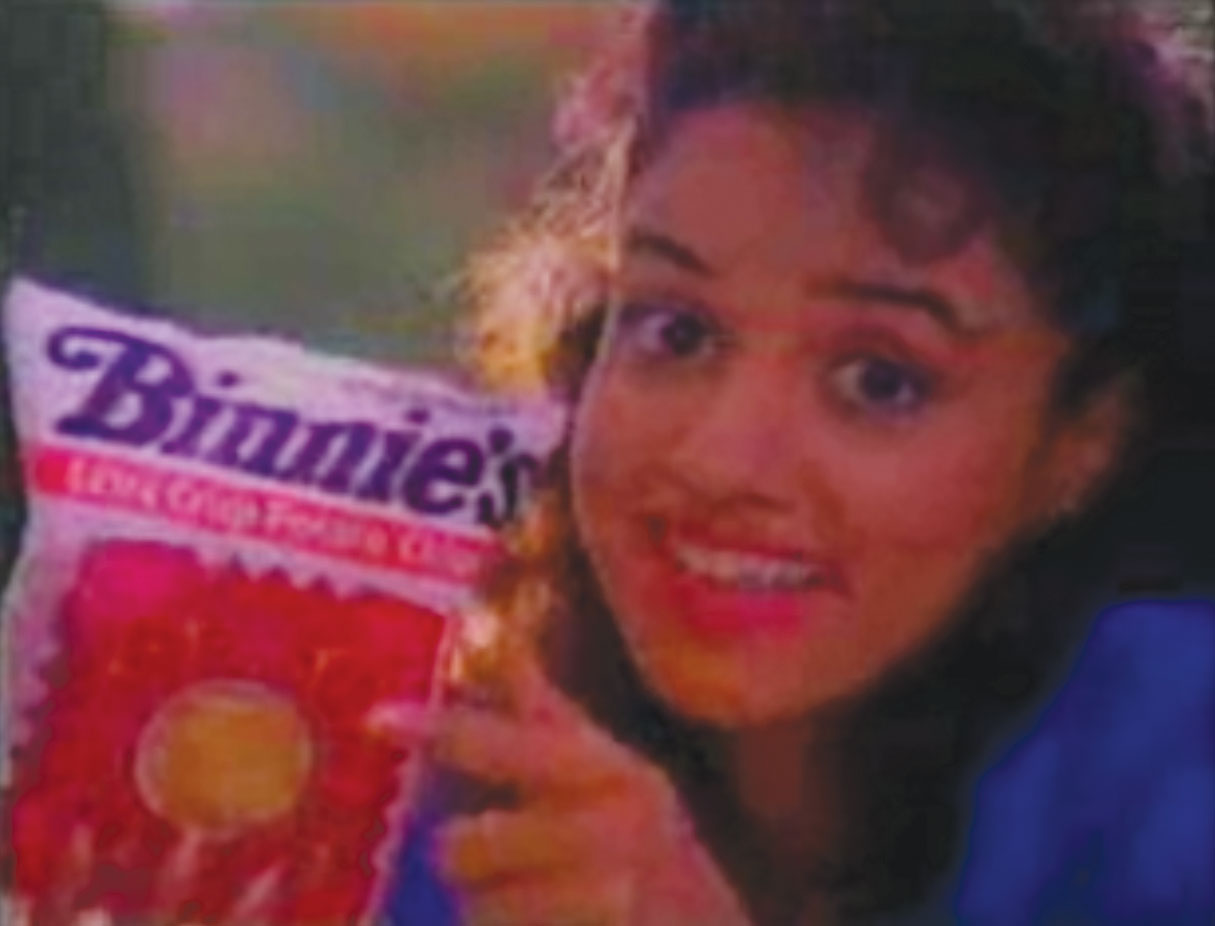
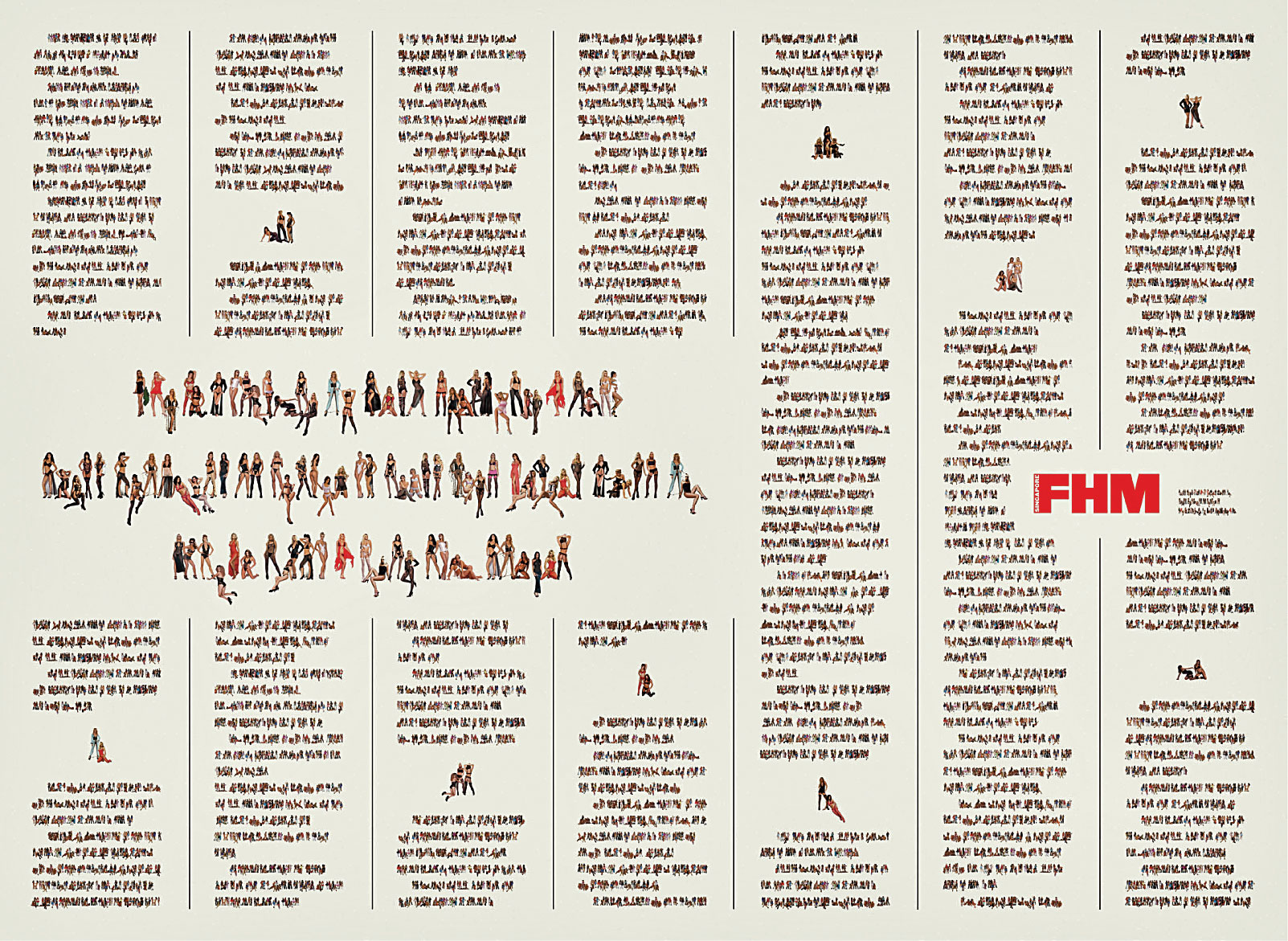
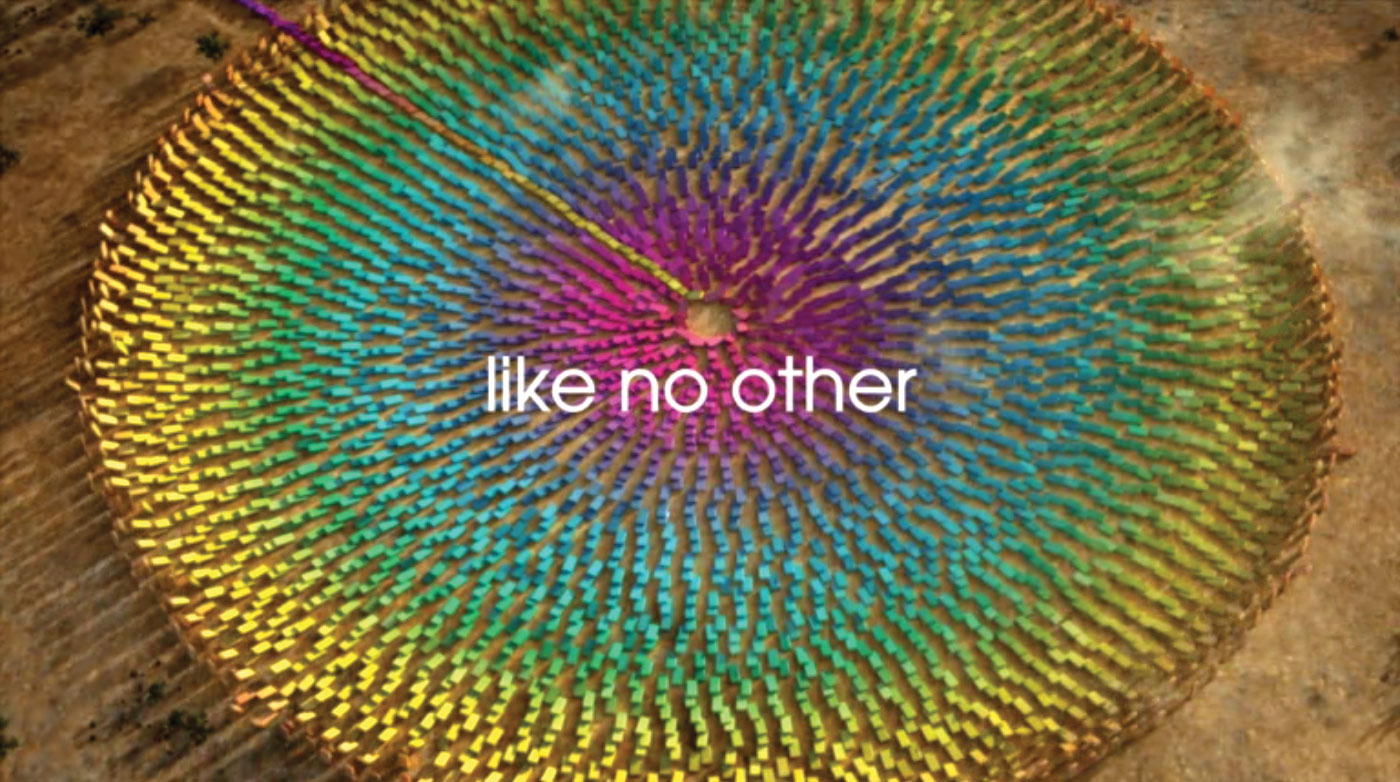
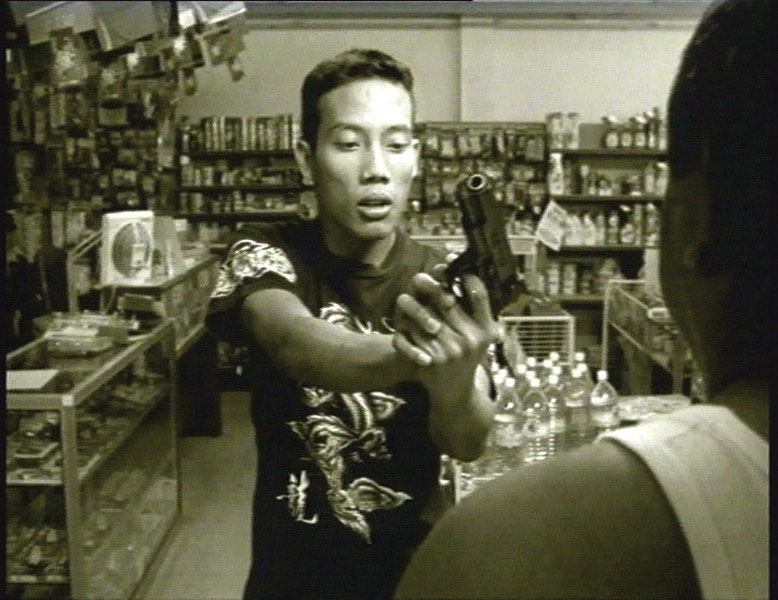
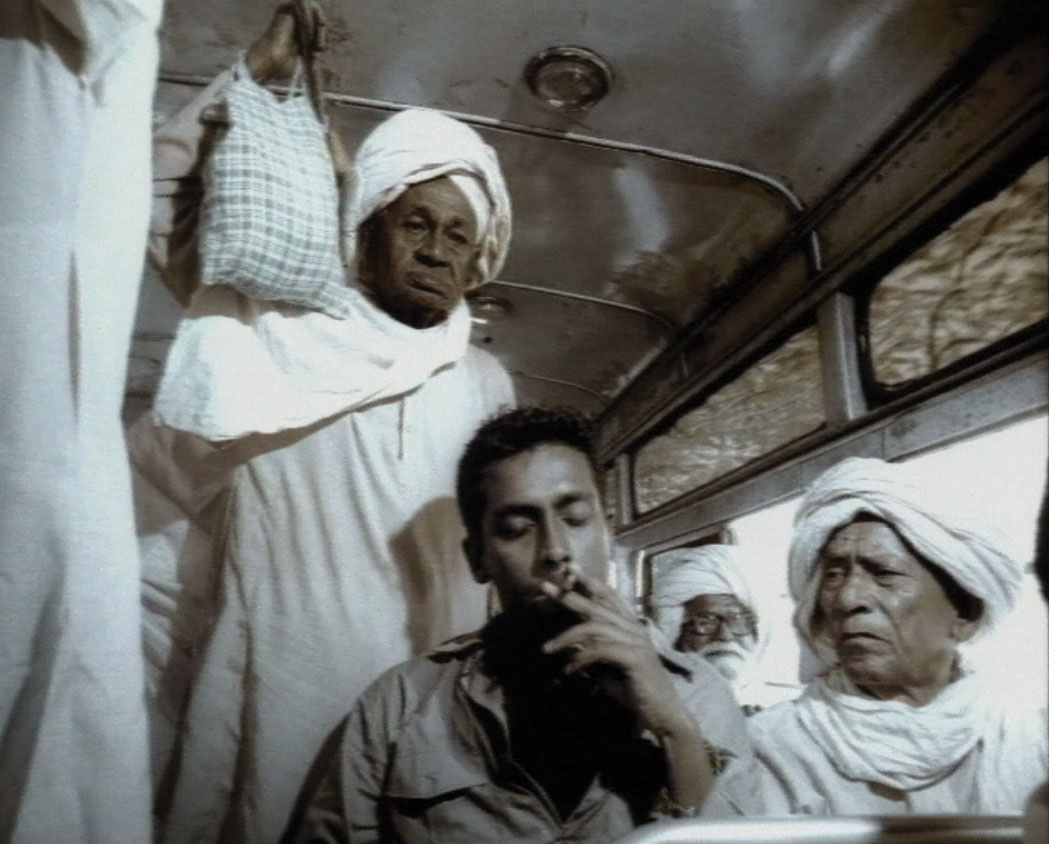
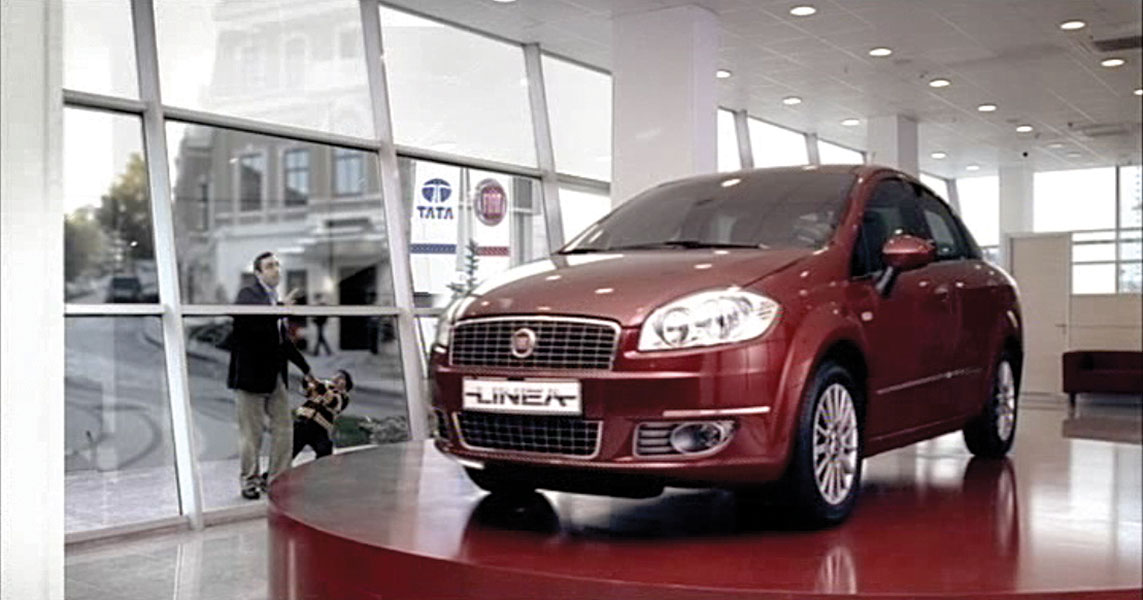
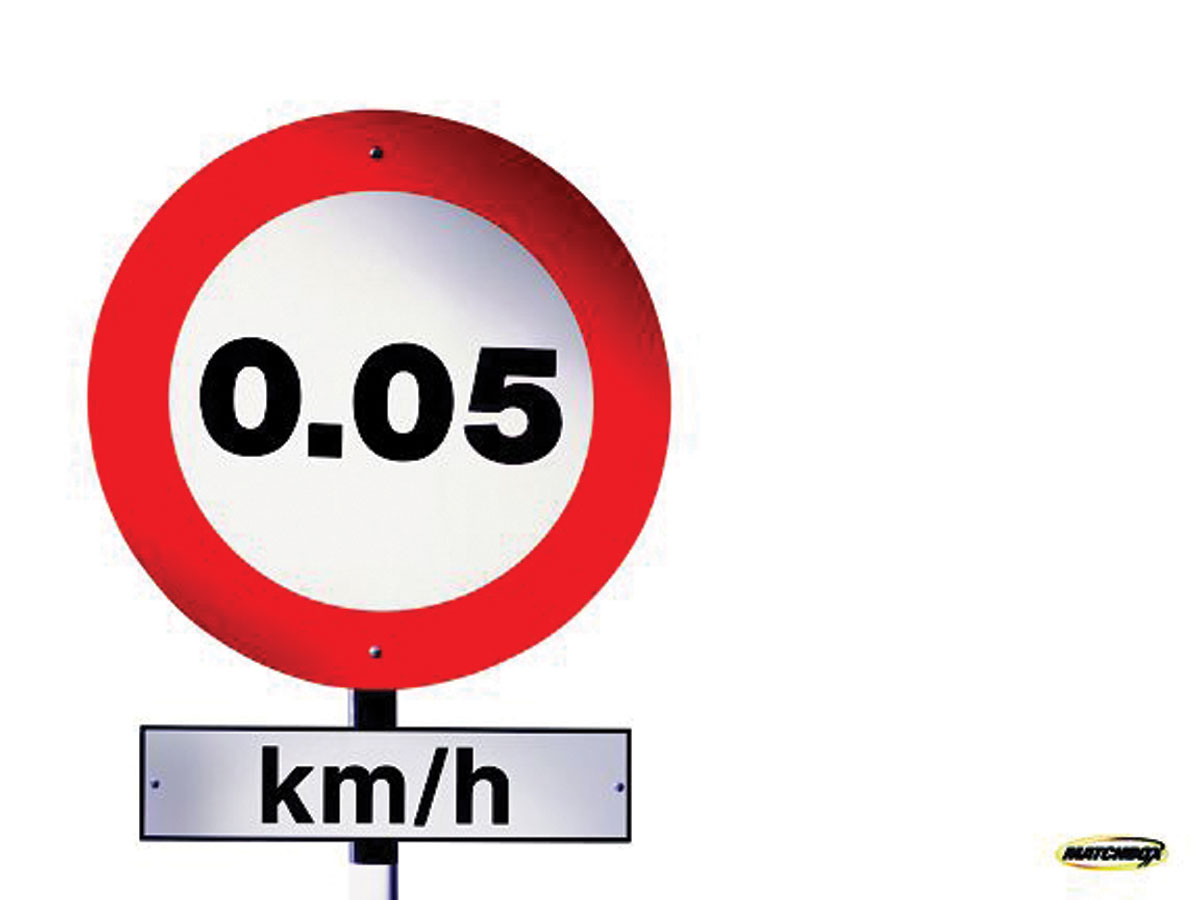
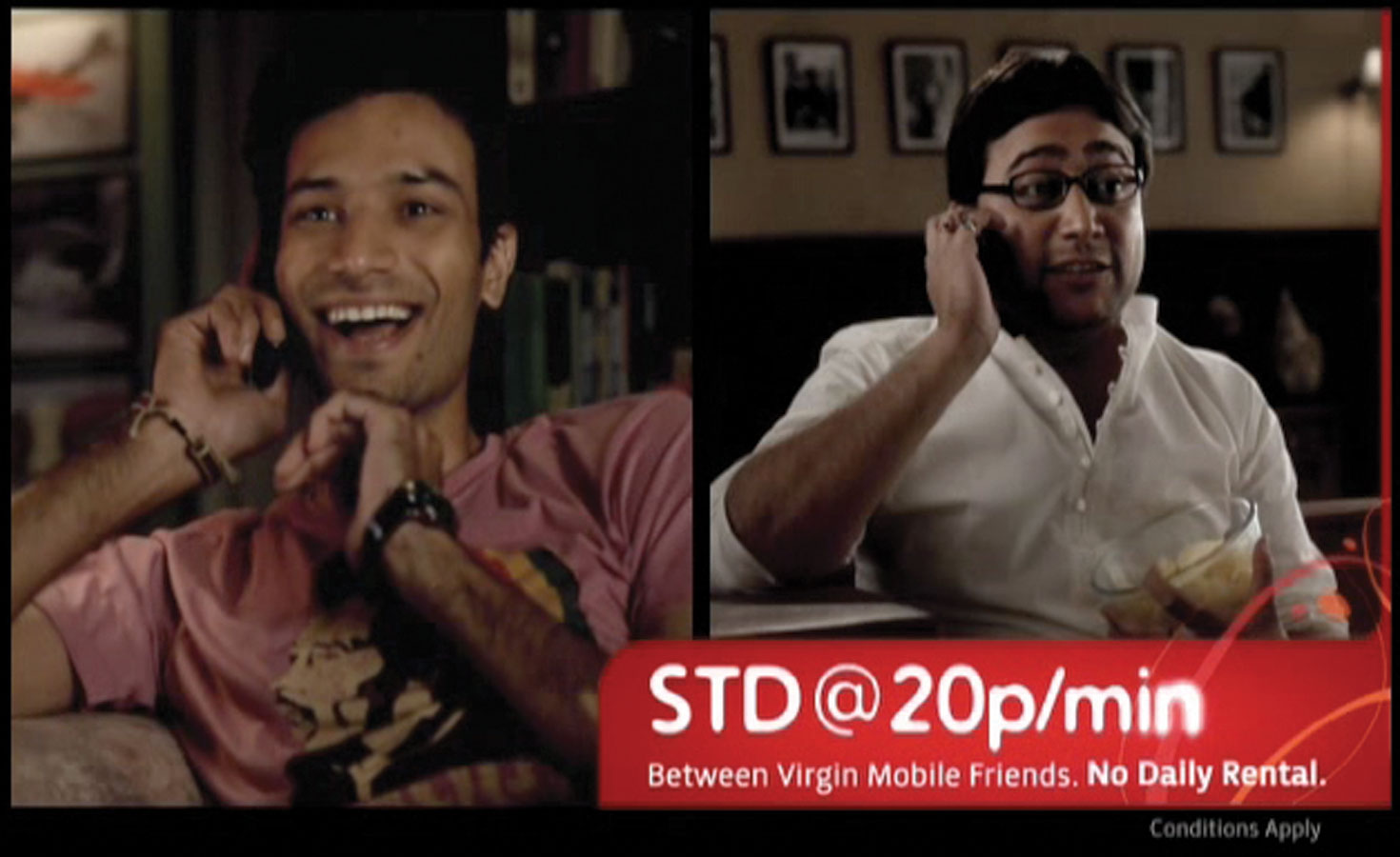


.jpg&h=334&w=500&q=100&v=20170226&c=1)

.jpg&h=334&w=500&q=100&v=20170226&c=1)

.jpg&h=334&w=500&q=100&v=20170226&c=1)


.jpg&h=334&w=500&q=100&v=20170226&c=1)



.jpg&h=268&w=401&q=100&v=20170226&c=1)

.jpg&h=268&w=401&q=100&v=20170226&c=1)


